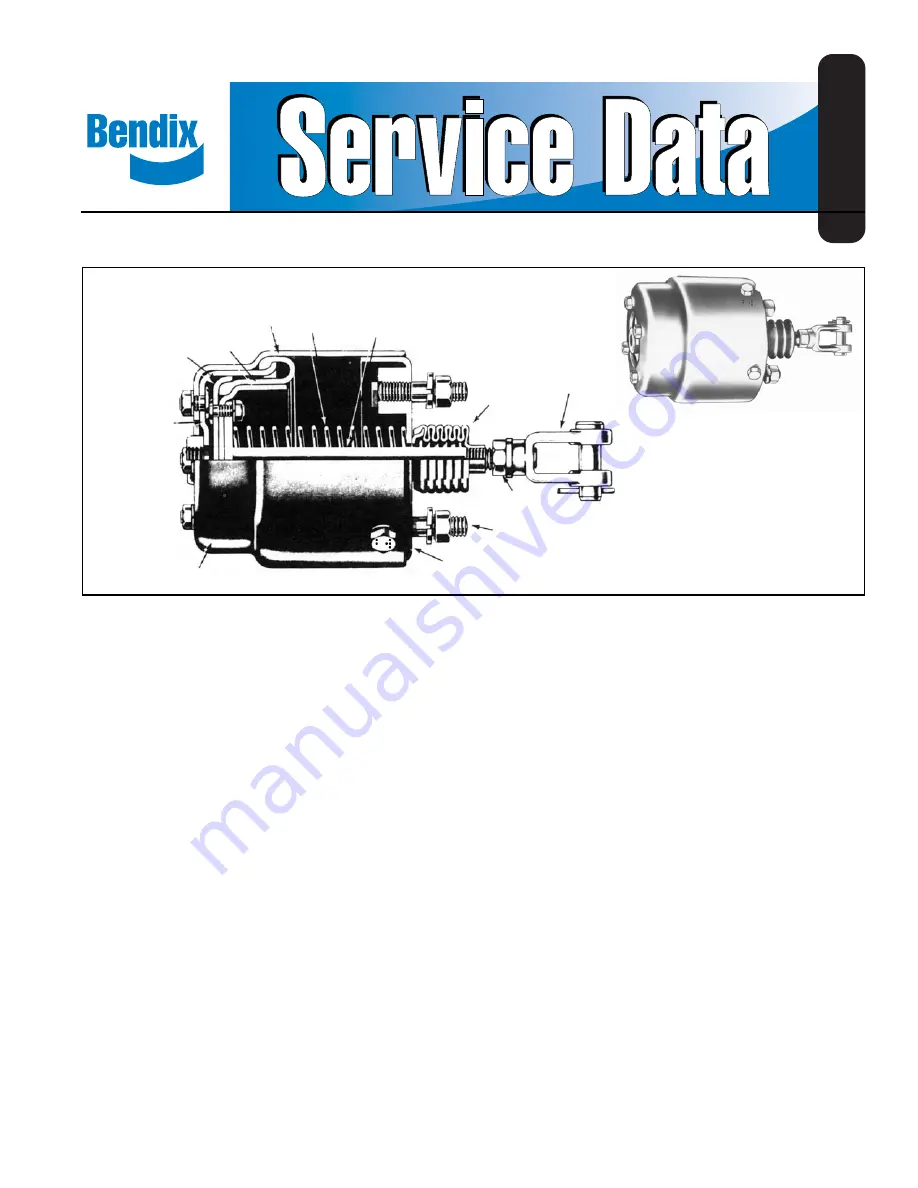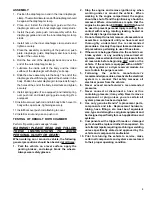
1
®
Rotochambers
SD-02-1336
OUTER
DIAPHRAGM
CLAMP
PUSH ROD
ASSY.
INNER
DIAPHRAGM
CLAMP
BODY
BOOT
SPRING
COVER
MOUNTING STUD
DIAPHRAGM
LOCK NUT
YOKE ASSY.
DIAPHRAGM
GUIDE
DESCRIPTION
The rotochamber is an actuator which converts the energy
of air pressure into mechanical force. The type number of
the rotochamber indicates the actuator’s diaphragm effective
area (Type 30 - 30 sq. in. of diaphragm) and the various
sizes available give a wide range of output force and length
of stroke. The rolling type diaphragm provides long life and
gives a constant output force throughout the entire stroke.
One end of the diaphragm is clamped to the inside wall of
the body by the outer clamp. The other end of the diaphragm
is clamped between the diaphragm guide and inner
diaphragm clamp. The cover is fastened to the outer body
by cap screws. Mounting studs are used to mount the
chambers. A boot retained by a boot retainer is used to
prevent entrance of moisture through the hole in the cover.
A lock nut and yoke with pin are screwed on the threaded
push rod. Most rotochambers now have 3/8 in. NPTF inlet
ports. The long stroke Type 50 employ a 1/2 in. NPTF inlet
port.
OPERATION
Controlled air pressure enters the rotochamber through the
inlet port and acts upon the diaphragm, moving the diaphragm
guide and diaphragm forward. The diaphragm moves along
the inside wall of the cylinder body with a smooth rolling
motion. The forward motion of the diaphragm guide and
diaphragm forces the push plate and push rod forward.
When the rotochamber is used to actuate cam type foundation
brake assemblies, the yoke is connected to a slack adjuster
which in turn is connected to the brake cam shaft. This
forward motion of the push rod rotates the slack adjuster,
cam shaft and cam applying the vehicle brakes.
The rotochamber is also used in industrial applications and
in such cases may be used in clamping or holding
operations.
The greater air pressure admitted to the rotochamber, the
greater the force applied by the push rod and, conversely,
the less air pressure applied to the rotochamber, the less
force applied by the push rod. Push rod force is determined
by multiplying the air pressure delivered by the effective
diaphragm area. For example, if 60 psi is admitted to the
Type 30 rotochamber the lineal force on the end of the push
rod is approximately 1800 lbs.
When air pressure is released from the rotochamber the
rotochamber spring returns the slack adjuster (if applicable),
push rod, diaphragm guide and diaphragm to the released
position.






















